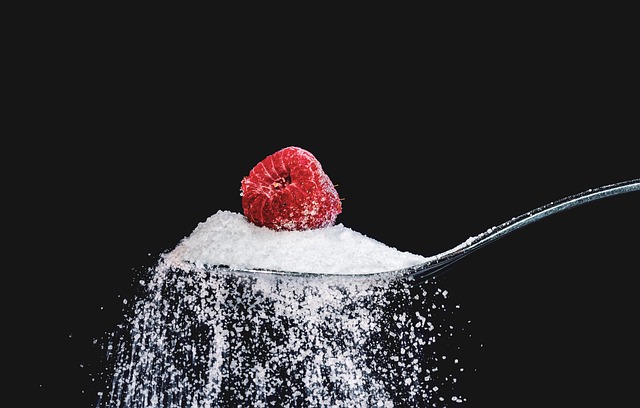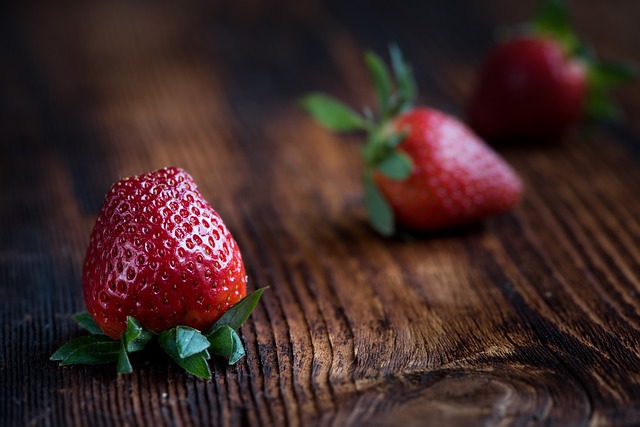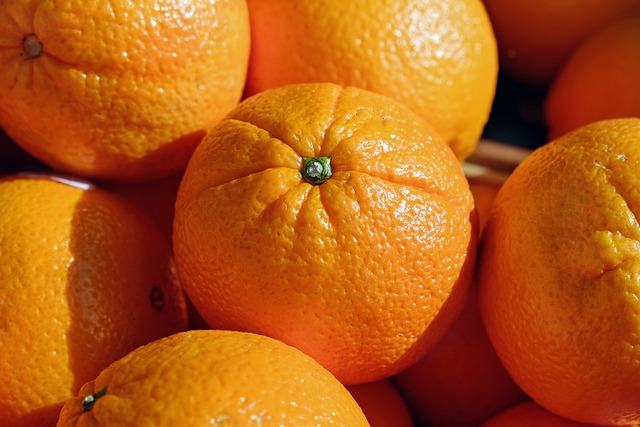Beyond Yogurt: Exploring Delicious Ways to Incorporate Probiotics
Welcome to our blog post about probiotics! In this article, we will go beyond the traditional yogurt and explore a variety of delicious ways to incorporate probiotics into your diet. Probiotics are live bacteria and yeasts that are good for your health, especially your digestive system. They help maintain a healthy balance of gut bacteria and offer several potential health benefits.
1. Fermented Foods
One of the best ways to increase your probiotic intake is to include fermented foods in your diet. Fermentation is a natural process that involves the breakdown of sugars by bacteria and yeast. This process creates a range of delicious foods that are packed with beneficial bacteria. Some popular fermented foods include:
- Sauerkraut: Finely cut cabbage that has been fermented by lactic acid bacteria. It is sour in taste and pairs well with sandwiches and sausages.
- Kombucha: A fermented tea that is sweetened and flavored with various fruits or herbs. It is known for its fizzy texture and tangy taste.
- Kefir: A fermented milk drink that tastes similar to yogurt. It is rich in calcium, protein, and probiotics.
- Miso: A traditional Japanese seasoning made from fermented soybeans. It adds a savory flavor to soups, marinades, and sauces.
2. Pickled Vegetables
Another way to introduce probiotics into your diet is by consuming pickled vegetables. Pickling is a preservation method that involves fermentation or immersion in a brine solution. The process increases the shelf life of vegetables and enhances their flavor. Some popular pickled vegetables include:
- Kimchi: A spicy Korean side dish made from fermented cabbage, radishes, and other vegetables. It is a great source of probiotics and can be enjoyed on its own or in dishes like rice bowls and stir-fries.
- Pickles: Cucumbers, beets, carrots, and other vegetables that are preserved in a brine solution. They are a tasty addition to sandwiches and salads.
- Olives: While technically a fruit, olives are often pickled and provide a good source of probiotics. They are commonly used in Mediterranean cuisine.
3. Tempeh and Miso
Tempeh and miso are soy-based foods that undergo fermentation, making them rich in probiotics. They are widely used in vegetarian and vegan cooking and offer a range of health benefits:
- Tempeh: A traditional Indonesian food made from soybeans that have been fermented into a firm, dense cake. It can be marinated, stir-fried, grilled, or used as a meat substitute in various dishes.
- Miso: Apart from being a pickling ingredient, miso is also available as a paste. It adds a rich umami flavor to soups, stews, and dressings.
4. Probiotic Supplements
If you find it challenging to incorporate enough probiotic-rich foods into your diet, you can consider taking probiotic supplements. These supplements come in various forms, such as capsules, tablets, and powders. When choosing a probiotic supplement, it is important to look for a reliable brand and check the expiration date to ensure their efficacy.
It’s important to note that while probiotics offer many potential health benefits, they are not a one-size-fits-all solution. The effects of probiotics can vary depending on the individual and the specific strains of bacteria involved. It’s always a good idea to consult with a healthcare professional before making any significant changes to your diet or starting a new supplementation regimen.
In conclusion, beyond yogurt, there are numerous delicious ways to incorporate probiotics into your diet. Whether it’s through fermented foods, pickled vegetables, or soy-based products like tempeh and miso, you can enjoy the benefits of these beneficial bacteria while adding variety and flavor to your meals. Remember to prioritize whole, unprocessed foods and listen to your body’s needs. Here’s to a healthy gut and overall well-being!







